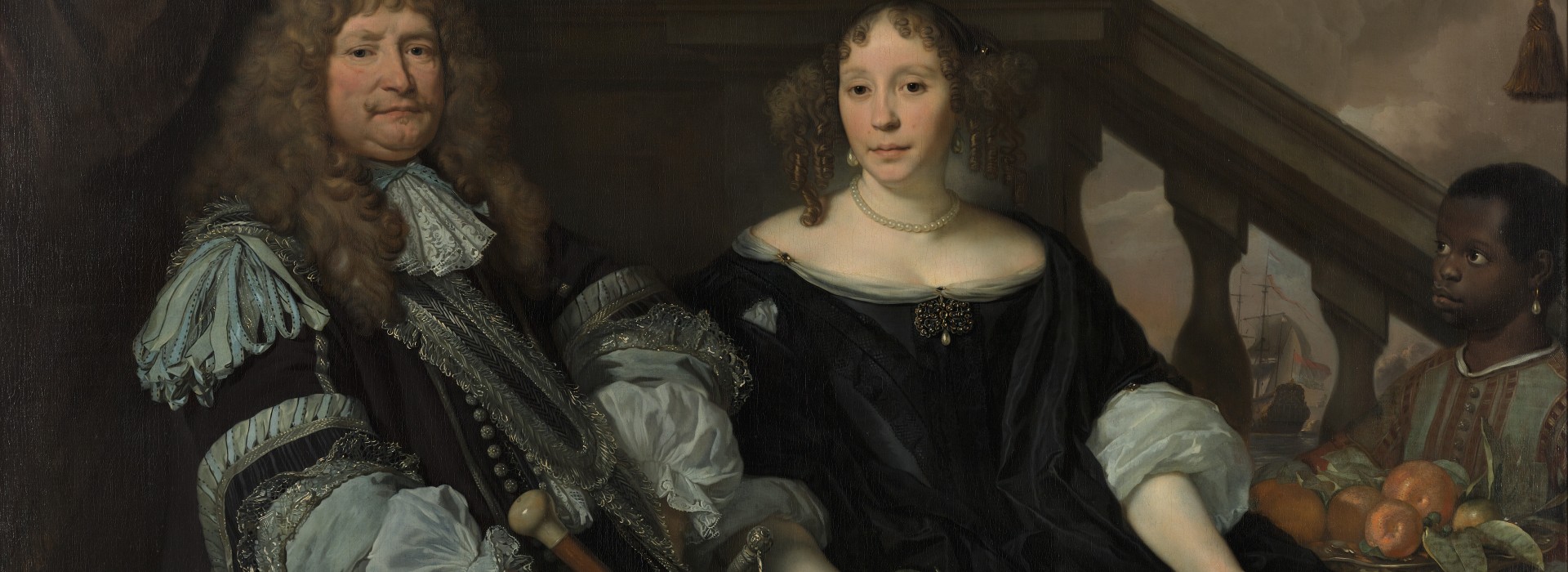Language usage
Language is neither static nor neutral. It is an ever-changing system of meaning and means of communication. Words that were in common usage decades ago no longer fit within our value system today. This has consequences for the language we use in the museum: language that does not undermine history, but which also fits with contemporary shared values in a diverse society. Many terms that date from the colonial era, or were coined within a white, Eurocentric context, cause a growing feeling of discomfort today. The museum is aware of its responsibility in this respect and realises that it is not neutral in the choices it makes. The museum’s current language usage is far from ideal, and a working group has been set up to undertake a critical examination of the language and terminology used by the museum.
We welcome your questions and comments regarding language. Please email us at: lisa.heinis@gmail.com



